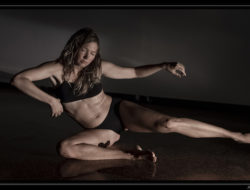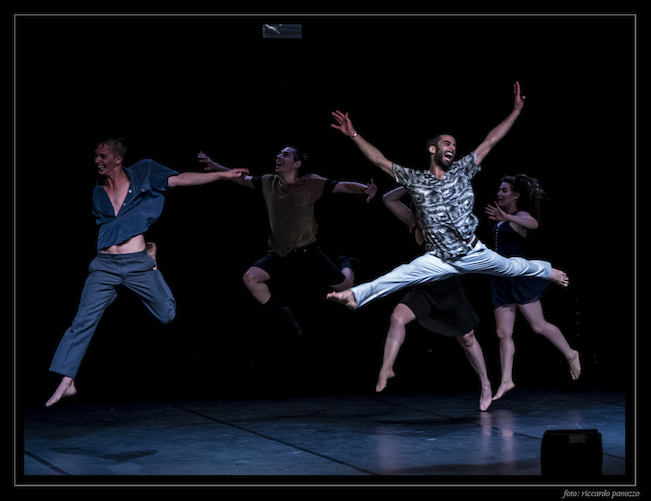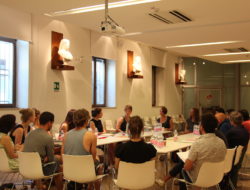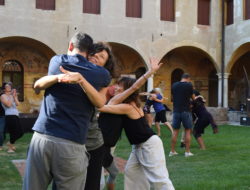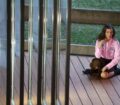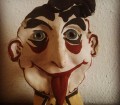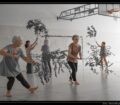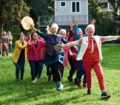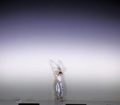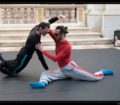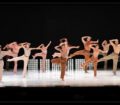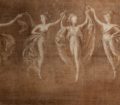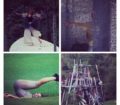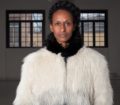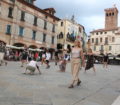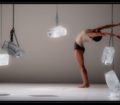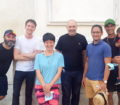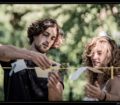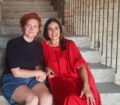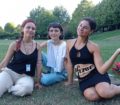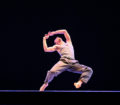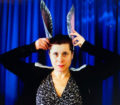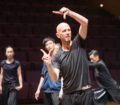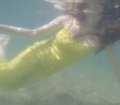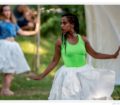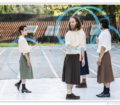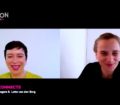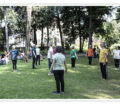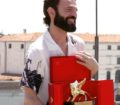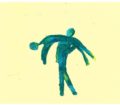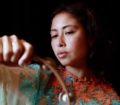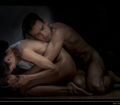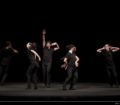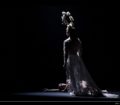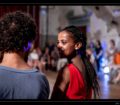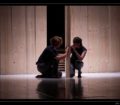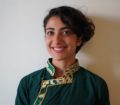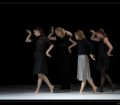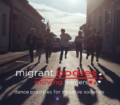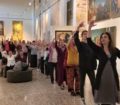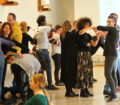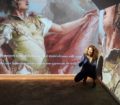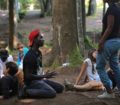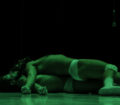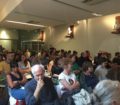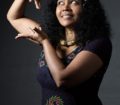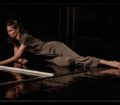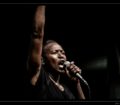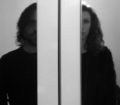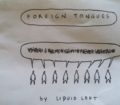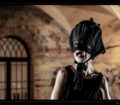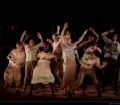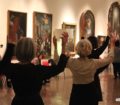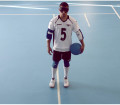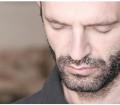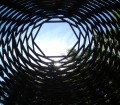SEGUE INTERVISTA IN ITALIANO
On the occasion of The Jewish Connection Project, presented in Bassano del Grappa on August 21st during Operaestate Festival 2018, we have met the choreographer Ido Batash after a two-hour class given to the participants of the Summer School.
In these days we have been trying to define what a Personal Archive is. Which have been your reflections in The Jewish Connection – Project?
It’s the biggest question of human kind. It’s a matter of identity. I’m Jewish, but we all live the same ambiguity on who we are. We often have so many questions about life not knowing where are they coming from, as they are related to our experiences but also to those of our past lives. I did a work to dialogue with my identity, but I haven’t found an answer yet.
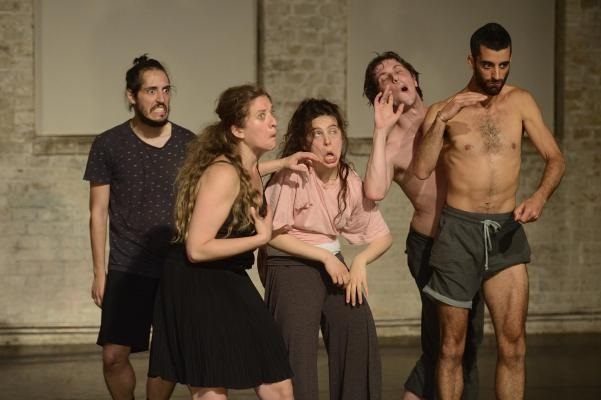 Each movement of the performance seems to have its own history. Where do these movements come from?
Each movement of the performance seems to have its own history. Where do these movements come from?
At the beginning we literally didn’t know how to express or create a movement related to such a theme as The Jewish Connection. So we had chosen to enter a state where we literally vomited our movements not judging what we were doing. Our histories come through the expression of dance, so we’ve just allowed ourselves to dance. We can’t judge such a theme, so we’ve tried to be as much intuitive, authentic and true as possible. Many things has come out, together with the sound that emphasizes the dramaturgy of the work.
Also in your class you use much sound and end it with lyrics, something that we can find also in The Jewish Connection where an opera singer plays Wagner at the end.
Abstract music creates more association than narrative music. Abstraction opens you up into interpretation, makes your mind narrative. Verbal songs instead reach directly to emotions. At the end of a class or a performance, I need to ground you back to your emotional experience, and not to leave you alone.
In your work there are many bursting energy moments.
I used to work a lot on the explosion of energy. Energy is the fuel of life, the base of everything, one of the most authentic tool that dance can have. But you have to learn to master it through its different levels.
Which is the role of technique?
A performer is required to have physical technique, but then you also need to get rid of it and find new possibilities.
What is then visualization?
Physicality is sometimes too limited to reach a certain state of mind where you can create spaces and gaps. It’s an all new system for me, but you have to be in a good dialogue with yourself in order to do so.
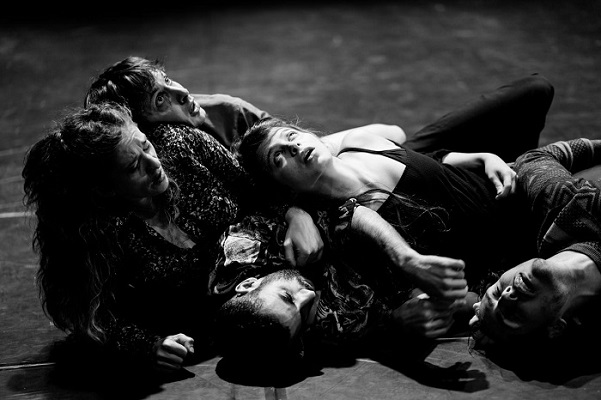 You ask your dancers to be responsible for themselves and find their own personal journey. How do you connect the self with the community?
You ask your dancers to be responsible for themselves and find their own personal journey. How do you connect the self with the community?
When I give a class – which is never open only to dancers – I want everybody to hold the reins of their horses so that they can choose how far they can go. I don’t know their background or actual state, so I’m there but without taking the responsibility of their freedom. Same for my abstract choreographies, I want each one to be at his/her best and master it. We are in the same journey, but you navigate where you wish to be. In The Jewish Connection instead is almost all in unison to express a community you have to fit in, whether you like it or not.
Interview by Lara Crippa
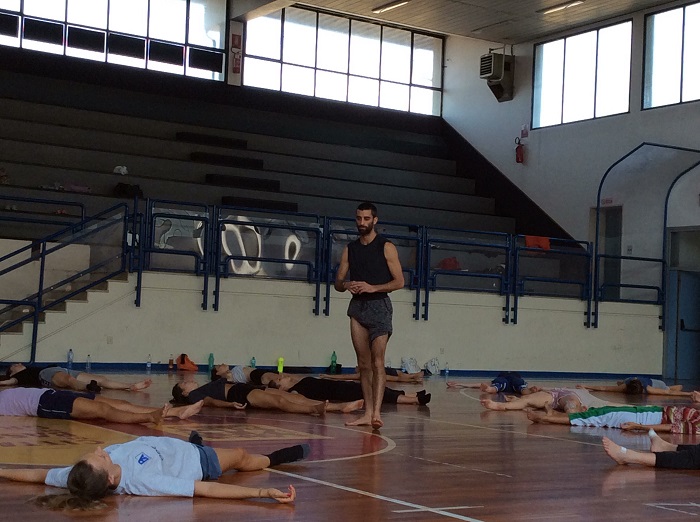
In occasione di The Jewish Connection Project, presentato a Bassano del Grappa il 21 agosto durante Operaestate Festival 2018, abbiamo incontrato il coreografo Ido Batash dopo due ore di lezione con in partecipanti della Summer School.
In questi giorni si è cercato di definire cosa sia un Archivio Personale. Quali sono state le tue riflessioni per The Jewish Connection – Project?
È la domanda più importante dell’umanità. È una questione di identità. Io sono ebreo, ma tutti vivono l’ambiguità di chi siamo. Ci facciamo molte domande che non sappiamo da dove vengono, e che sono collegate alla nostra esistenza, ma anche alle nostre vite passate. Ho creato un lavoro per dialogare con la mia identità, ma non ho ancora trovato le risposte.
Ogni movimento presente nello spettacolo sembra avere una sua storia. Come originano questi movimenti?
All’inizio non avevamo idea di come esprimere o creare un movimento che si relazionasse ad un tema come quello di The Jewish Connection. Abbiamo provato a metterci nella condizione di vomitare letteralmente i nostri movimenti senza giudicarli. Le nostre esperienze provengono dalla danza, così ci siamo semplicemente permessi di danzare. Non è possibile giudicare un simile tema. Abbiamo solo cercato di essere il più intuitivi e autentici possibile. Sono emersi molti aspetti, grazie anche al suono che enfatizza la drammaturgia dell’opera.
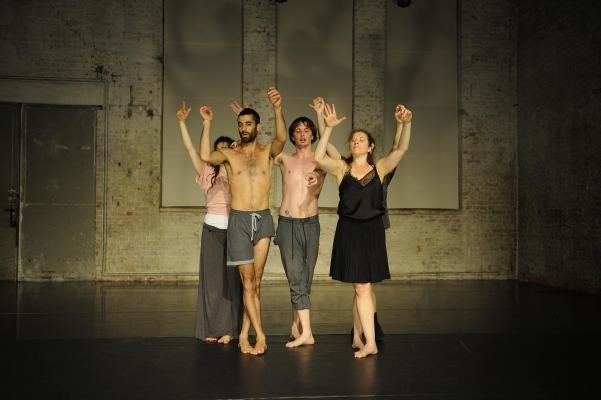 Durante la lezione hai utilizzato molto i suoni, per terminare poi con una canzone, dinamica che si presenta anche in The Jewish Connection dove una cantante d’Opera intona Wagner.
Durante la lezione hai utilizzato molto i suoni, per terminare poi con una canzone, dinamica che si presenta anche in The Jewish Connection dove una cantante d’Opera intona Wagner.
La musica astratta riesce a creare più associazioni di quella narrativa. L’astrazione ci apre all’interpretazione, rende la nostra mente narrativa. Le parole invece vanno dritte alle emozioni. Al termine di una lezione o di una performance, ho bisogno di riportarti alla tua esperienza emotiva, non posso abbandonarti.
Nel tuo lavoro ci sono molti momenti di esplosione energetica.
Ho lavorato molto su questo aspetto. L’energia è il carburante della vita, la base di tutto, uno degli strumenti più autentici che la danza abbia a disposizione. Ma bisogna imparare a gestirla nei suoi vari livelli.
Qual è il ruolo della tecnica?
Ad un performer si richiede tecnica, ma bisogna anche essere pronti a sbarazzarsene e a trovare nuove possibilità.
Cosa significa visualizzare?
La fisicità a volte è un limite per raggiungere un determinato stato mentale dove si possano creare degli spazi o dei vuoti. È un nuovo modo di lavorare, ma bisogna essere in dialogo con se stessi per poterlo fare.
Chiedi ai danzatori di essere responsabili e di trovare il loro cammino. Come si connette l’individuo alla comunità?
Quando do una lezione – che non è mai per soli danzatori – voglio che ognuno tenga il proprio timone così da decidere quanto lontano dirigersi. Non so da dove provengono, o come stiano le persone in sala, quindi sono presente ma senza prendermi la responsabilità della loro libertà. Così per le mie coreografie più astratte. Voglio che ognuno dia e gestisca il proprio meglio. Facciamo lo stesso cammino, ma ognuno sceglie dove vuole stare. In The Jewish Connection invece si svolge tutto all’unisono per esprimere una comunità a cui bisogna appartenere, che piaccia o meno.
Intervista e traduzione di Lara Crippa
Tags: #bclasss2018, #operaestate2018, #personalarchive, interview

